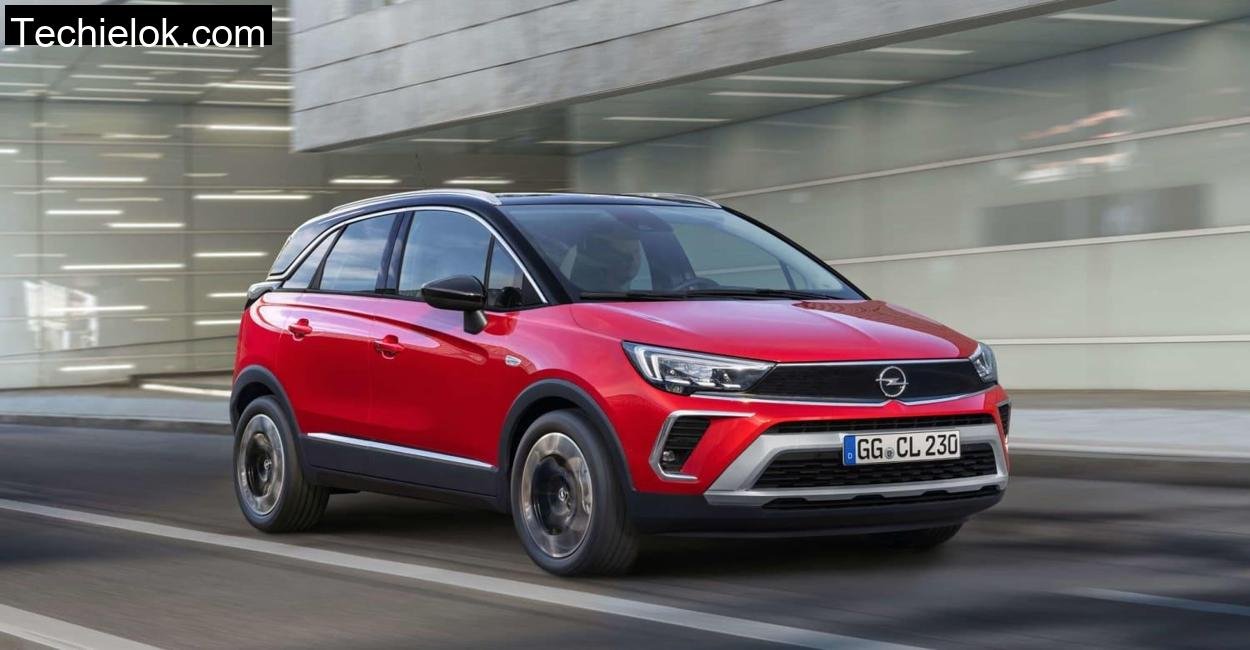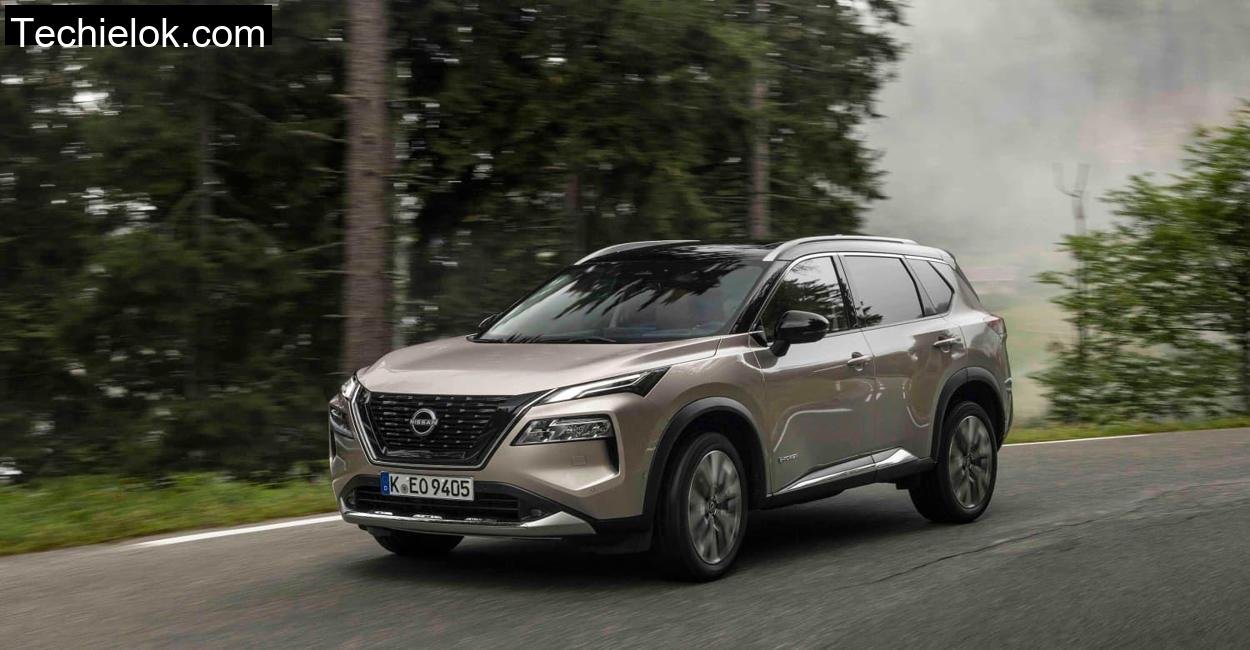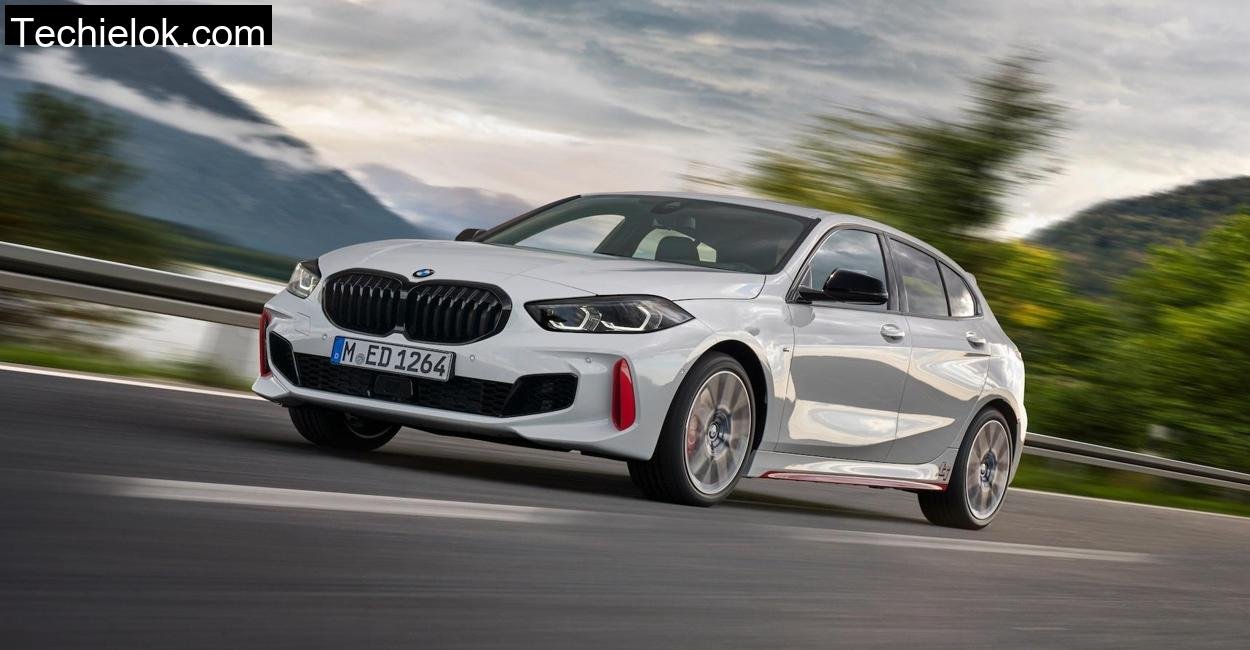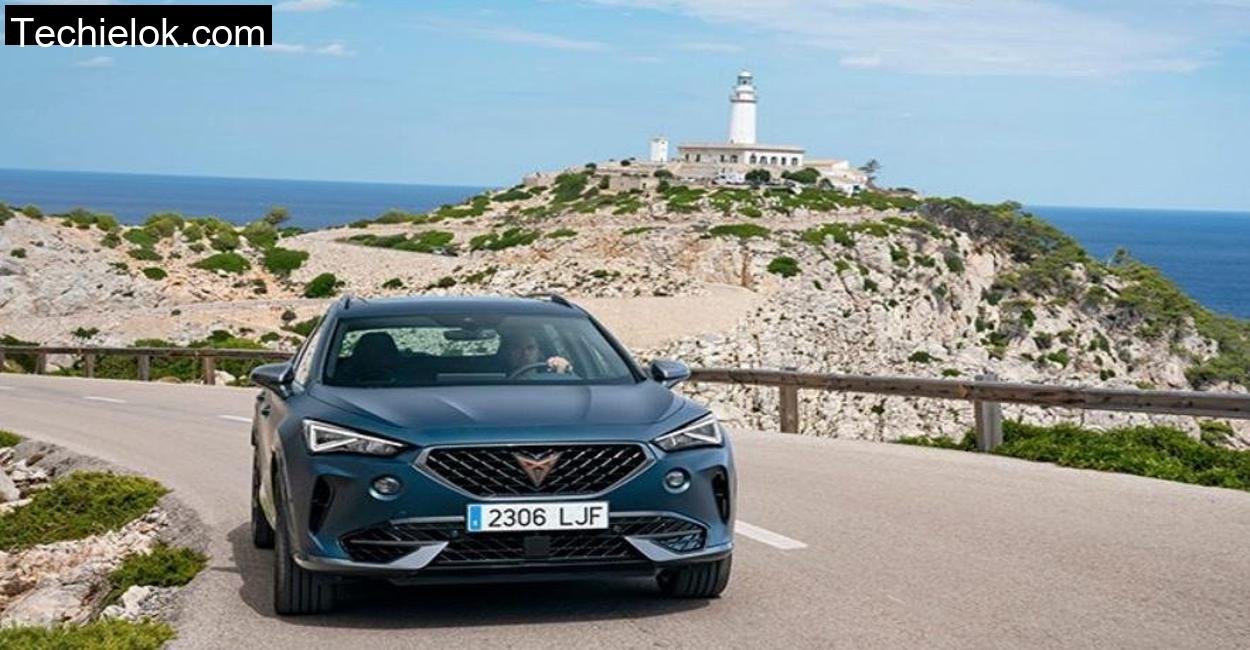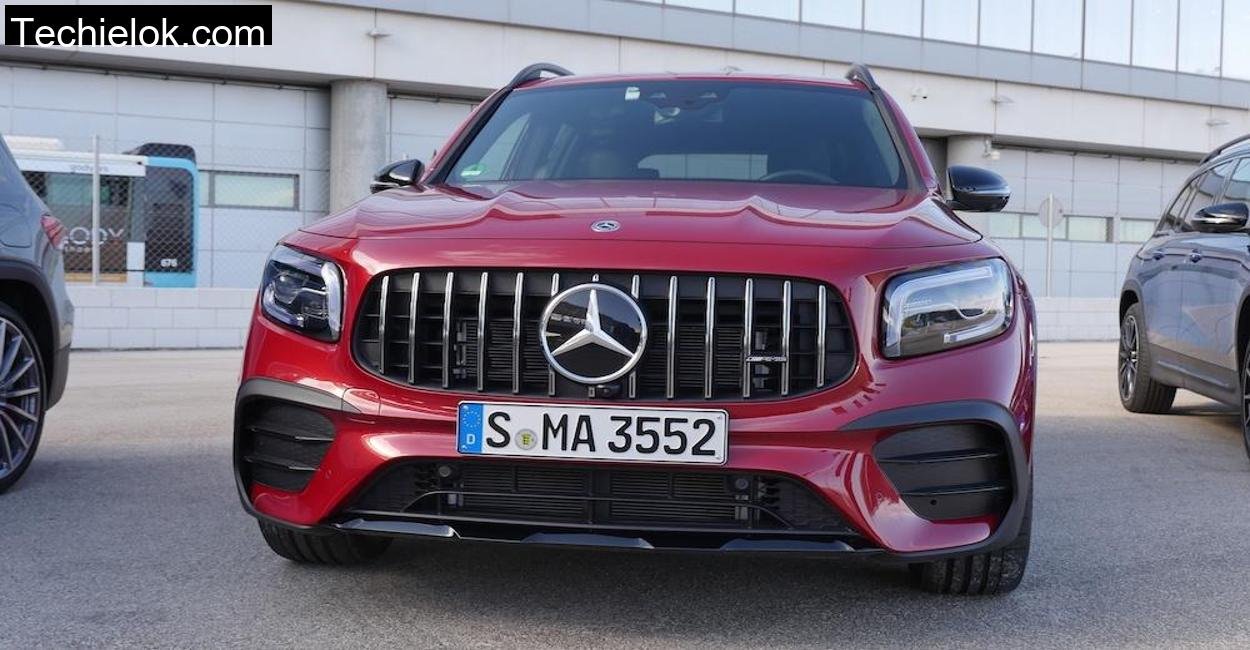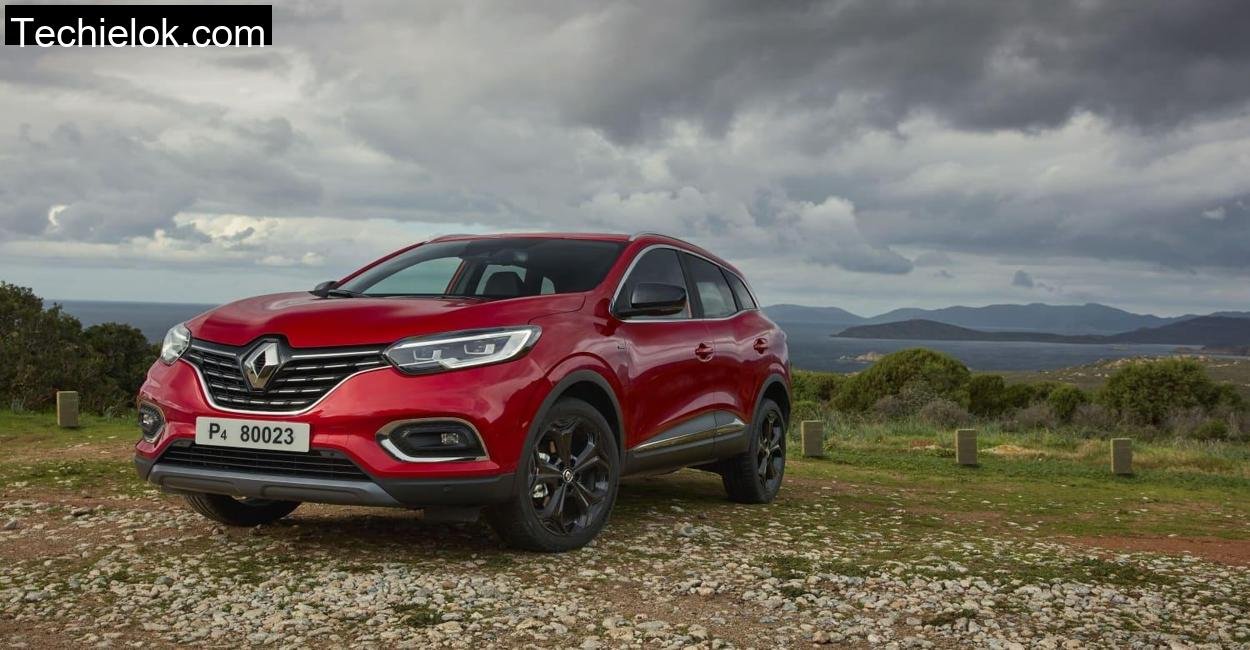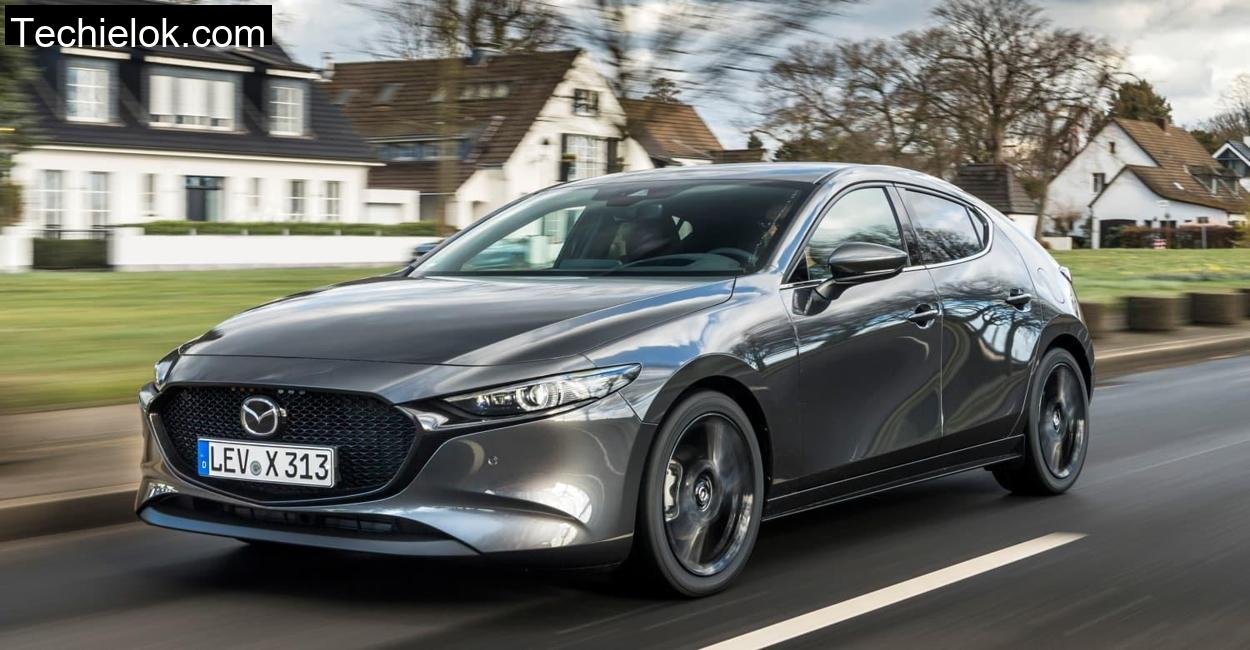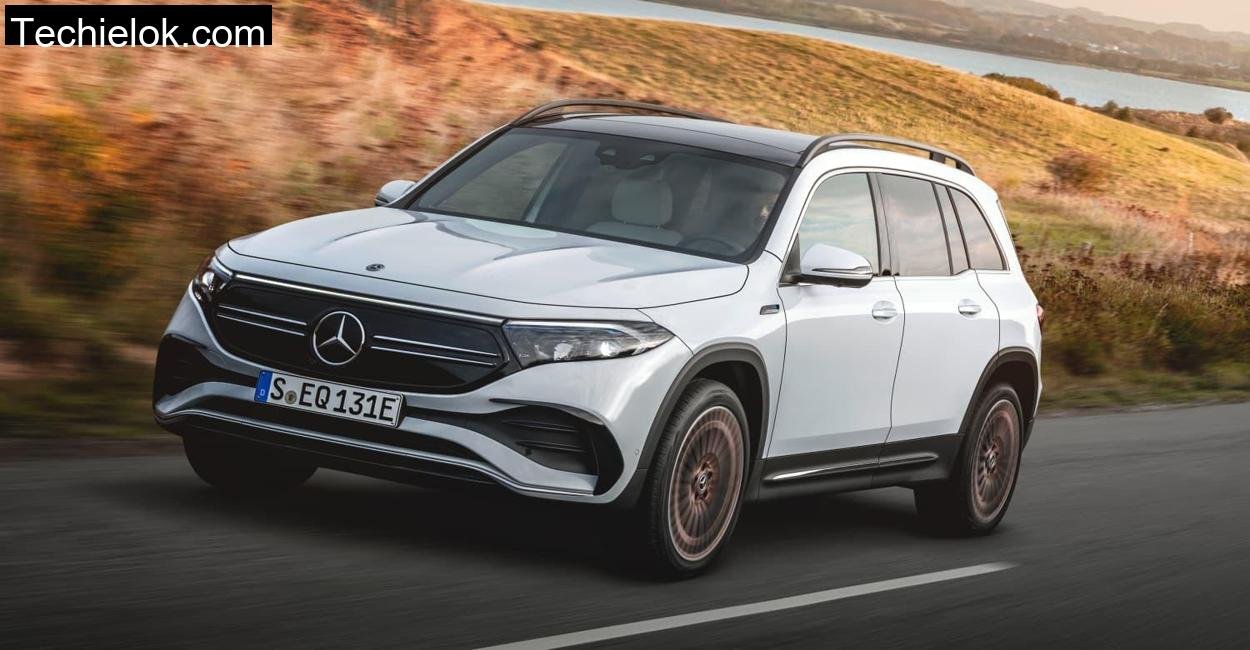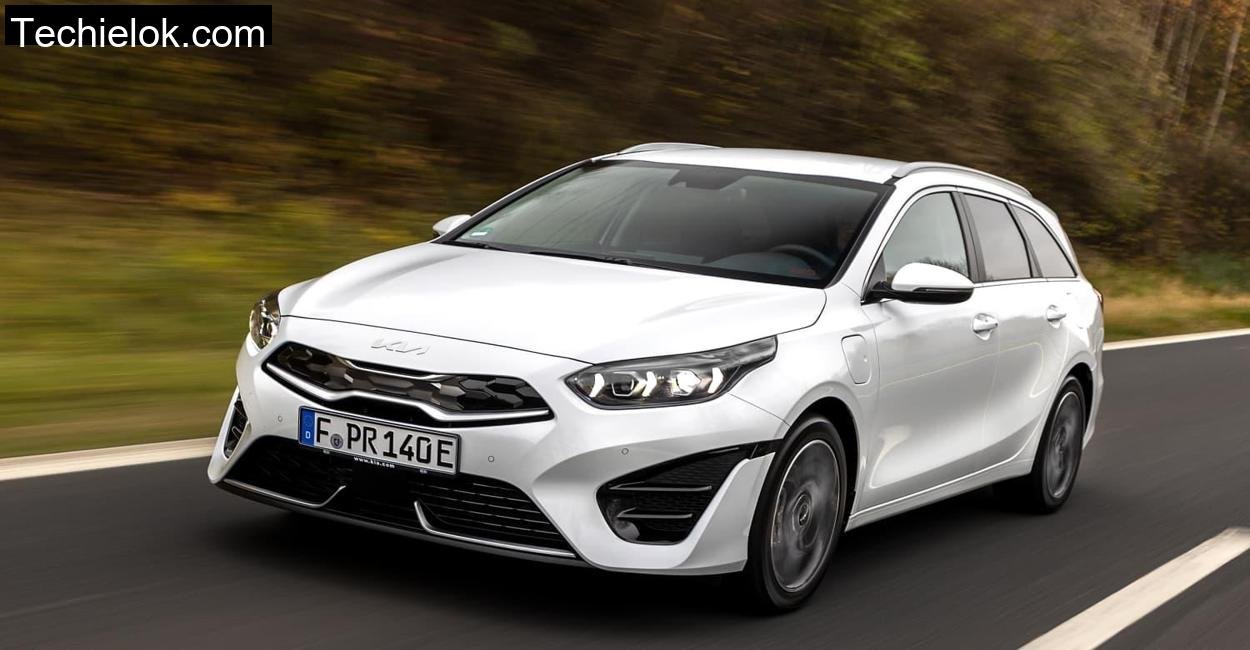It was the kind of morning that paints the Weser Hills in soft gold, with narrow winding roads ducking into forest tunnels and then rising suddenly to reveal postcard vistas. This is a region where small towns cling to riverbanks and the elevation plays tricks on temperature. Perfect terrain to explore the facelifted Opel Crossland , a car that’s shed the “X” from its name but holds onto its compact SUV identity with defiance. I was itching to know whether the new Vizor grille was just a fresh face or whether Opel had truly sharpened the substance behind it.
I’d driven here from Göttingen before dawn, cruising through sleepy roads with the Crossland’s three, cylinder quietly humming. It’s always interesting to put a mini SUV like this into real countryside conditions, far from the urban marketing pitch. The Crossland, now wearing its redesigned snout with pride, had a lot to prove, especially when every curve and incline of the Weser region demands more from a car than a spec sheet ever could.
The Face Might Be New, But What’s Underneath?
What catches your eye first is that Vizor grille. It gives the Crossland a more mature, cohesive look. Gone is the slightly confused front, end identity of the older “X” model. With darkened taillights, beefed, up bumpers, and optional contrast, color roofs like the Cardio Red with a Carbon Black top on my test car, it finally looks like something that fits right in with the likes of the Mokka.
Inside, it’s a familiar Opel environment, which means logical ergonomics, slightly conservative layout, and an infotainment system that doesn’t try to reinvent the wheel. The GS Line trim on my tester brought red highlights on the seats, subtle sportiness in design, and, most welcome for long, distance test days, AGR, certified ergonomic seats that genuinely reduce fatigue.
Cruising the Weser uplands, the slightly elevated seating position proved one of the Crossland’s best features. At 52 cm above the ground, the view of the road ahead was commanding, especially on tight corners and narrow bridges. It’s the kind of car that makes you feel taller than you are, ideal for older drivers or anyone who values visibility over performance theater.
The Numbers That Drive It
To guarantee precision, all technical data is sourced directly and instantly from Opel’s website.
| Specification | Details |
| Engine Type | 1.2L 3, cylinder petrol turbo |
| Power Output | 110 hp (81 kW) |
| Torque | 205 Nm at 1750 rpm |
| Transmission | 6, speed manual |
| 0, 100 km/h Acceleration | 10.9 seconds |
| Top Speed | 187 km/h |
| Fuel Consumption (WLTP combined) | 5.7 l/100 km |
| CO2 Emissions (WLTP) | 129 g/km |
| Trunk Volume (seats up/folded/roof, high) | 410 / 1,255 liters |
| Vehicle Dimensions (L x W x H) | 4,229 x 1,765 x 1,605 mm |
| Curb Weight (EU) | 1,254 kg |
| Towing Capacity (braked/unbraked) | 840 kg / 600 kg |
| Base Price (GS Line as tested) | €26,845 |
On paper, 110 horses doesn’t seem like much, especially in hilly terrain. But in real driving, especially on steep Weser hill climbs like the ones around Rinteln and Obernkirchen, the turbocharged triple doesn’t back down easily. Torque kicks in early, and though you need to work the gearbox, once in the 2,000, 4,000 rpm sweet spot, it moves with a briskness that belies its humble numbers.
What annoyed me slightly was the coarse engine note. The three, pot unit has a rasp, a mechanical rawness that leaks into the cabin when accelerating hard. On the curvy, high, gear climbs between Fisch beck and Schaumburg Castle, the engine sounded more enthusiastic than refined. The manual transmission didn’t help either. Long throws, clunky engagement, and a lazy clutch response, this is not a shifter you fall in love with.
Ride Quality: Rough in All the Right (and Wrong) Places
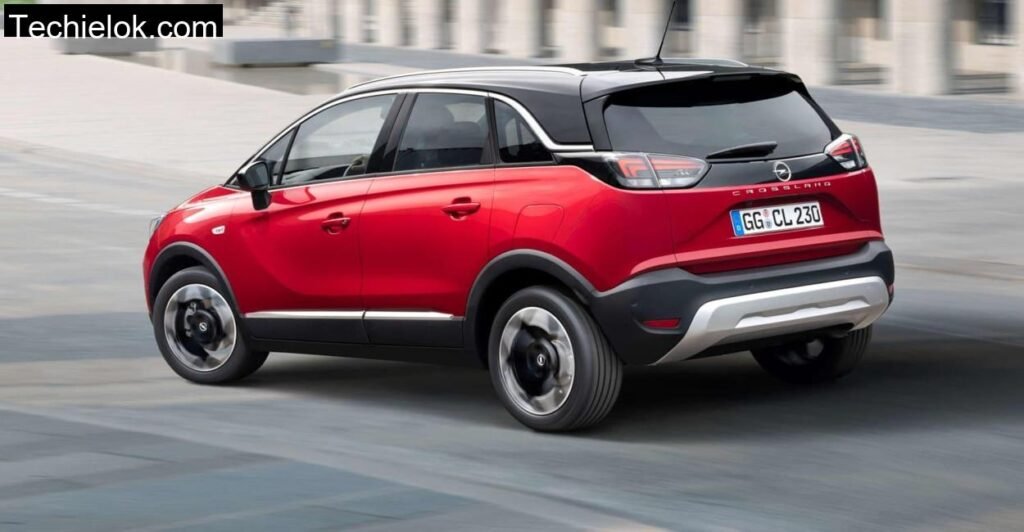
This part of Germany has a specific kind of asphalt, sometimes perfect, often patchy, occasionally medieval. It’s a brutal honesty test for suspension systems. The Crossland rides with an intention to be compliant, but it doesn’t quite settle. Over rolling humps, the car tends to float and recover slowly, never giving you a sense of planted confidence.
On short, sharp imperfections, like cobbled road transitions or the steep downhill descent past Bad Eilsen, the suspension thuds rather than absorbs. It’s never unbearable, but it lacks the plush comfort some rivals manage. That said, the small SUV’s size and reasonably nimble handling made it easy to maneuver through tight village lanes and quick parking turns.
The steering is one of the most improved aspects. Previously vague and dead around center, it now returns some centering force and tracks decently through winding roads like those above the Weser loop. But don’t expect driver engagement, it’s more obedient than expressive.
Space and Practicality: Where the Crossland Wins Big
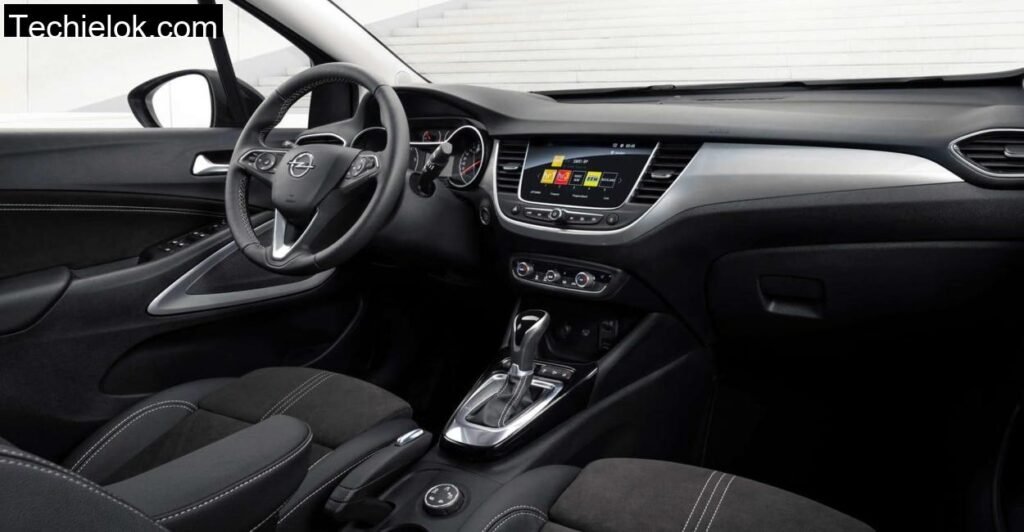
Back in Bodenwerder, I met a friend with a mid, size child seat and a folding bike. The Crossland took both. The rear bench, which slides to open up luggage room, is a clever feature that adds utility without tech gimmicks. Trunk space starts at 410 liters and can balloon up to 1,255 if you fold the seats and stack high. That’s almost small van territory.
Front seats are excellent. Even after a full day of up, and, down driving, my back wasn’t sore. Headroom is generous, and for someone my height (a smidge over 1.8 meters), I didn’t have to slide the seat back absurdly far. Rear space is tighter but reasonable for under, 6, foot adults. This car is still very much in the “urban crossover for young families” category.
Fuel Economy and Everyday Use
Over the course of 211 kilometers, including highway stretches, town crawling, and lots of uphill torque use, I ended up with 6.4 liters/100 km, slightly better than the WLTP, rated 5.7. That’s not spectacular, especially given the engine’s size, but it’s in line with expectations for a turbocharged three, cylinder hauling over 1.2 tons.
Urban use would see better results. In the flatter villages of Hessisch Oldendorf or on gentle river routes along the Weser, the engine barely had to try. But with a family on board and a trunk full of gear, don’t expect miracles.
Conclusion: Still a Crossland, But Sharper Around the Edges
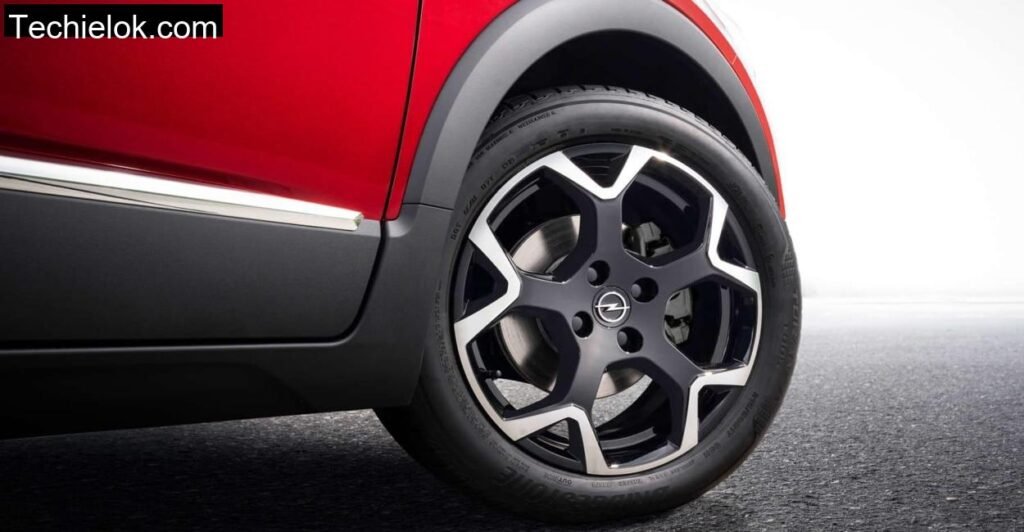
The facelifted Opel Crossland isn’t a revolution, it’s a very effective polish. It adds visual clarity with the Vizor face, improves comfort modestly, and retains its standout practicality. On Weser Hill roads, it showed that it can handle real, world terrain, albeit with a few dynamic quirks.
The engine is honest, the ride needs work, and the cabin isn’t flashy, but there’s undeniable substance here. For buyers wanting an elevated driving position, decent luggage space, and compact dimensions wrapped in a clean, European design, this Crossland is still a wise pick.
It won’t thrill you, but it won’t fail you either. And sometimes, especially in the real, world rhythm of school runs, countryside getaways, and shopping runs, that’s what matters most.
Is the Opel Crossland good for long road trips?
Yes, if you’re not rushing. The seats are excellent and the cabin is airy, but the engine and gearbox make for a noisier experience when pushed. Keep it steady and it cruises just fine.
Does Opel Crossland have enough power for hilly terrain like the Weser Hills?
Surprisingly, yes. The 110 hp engine has good low, end torque, and while it’s not sporty, it holds its own uphill, especially if you’re light on passengers and luggage.
Is the fuel economy decent in real, world driving of Opel Crossland?
Expect around 6.5 l/100 km in mixed driving, slightly above the official figures but still acceptable for a small turbo petrol engine.
